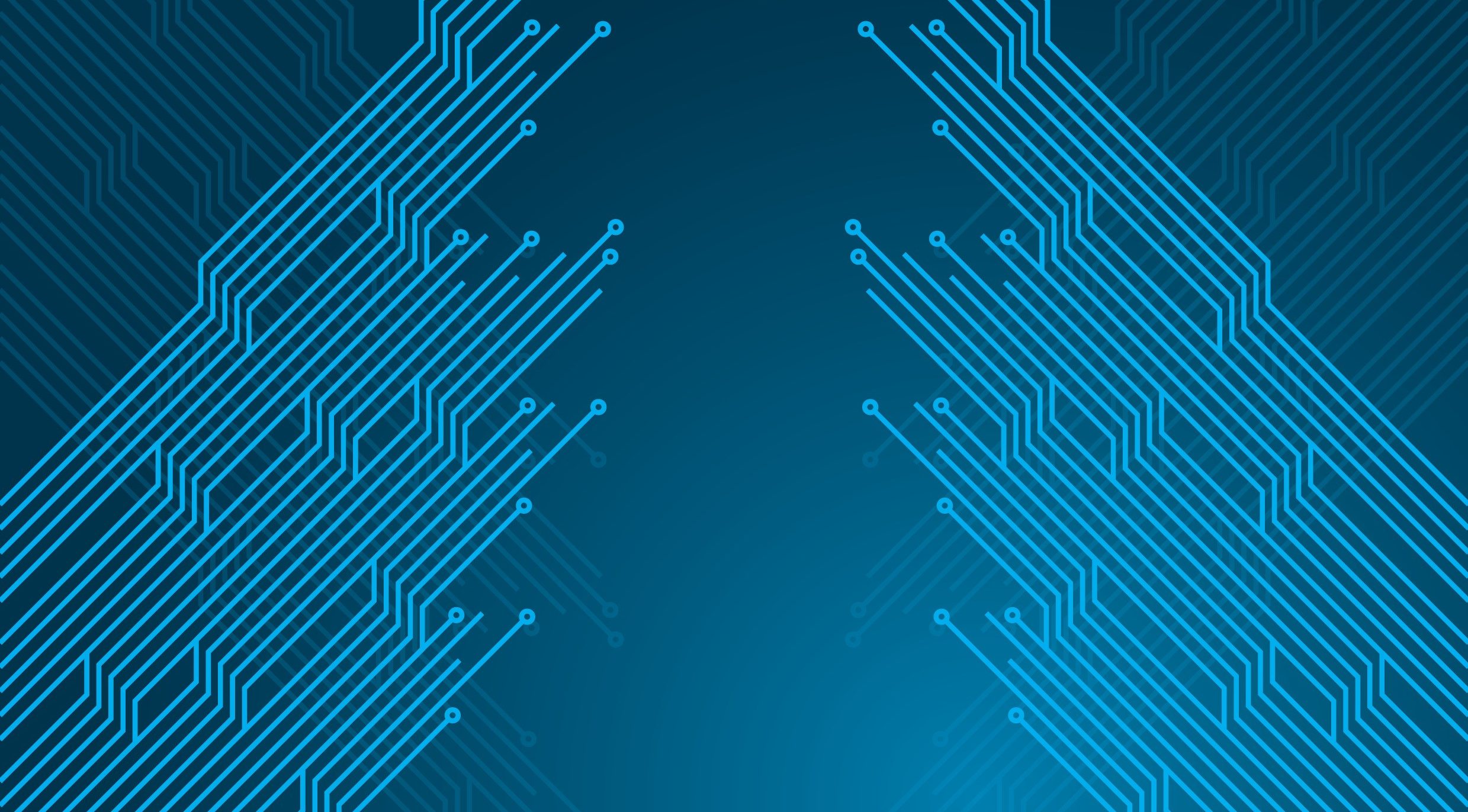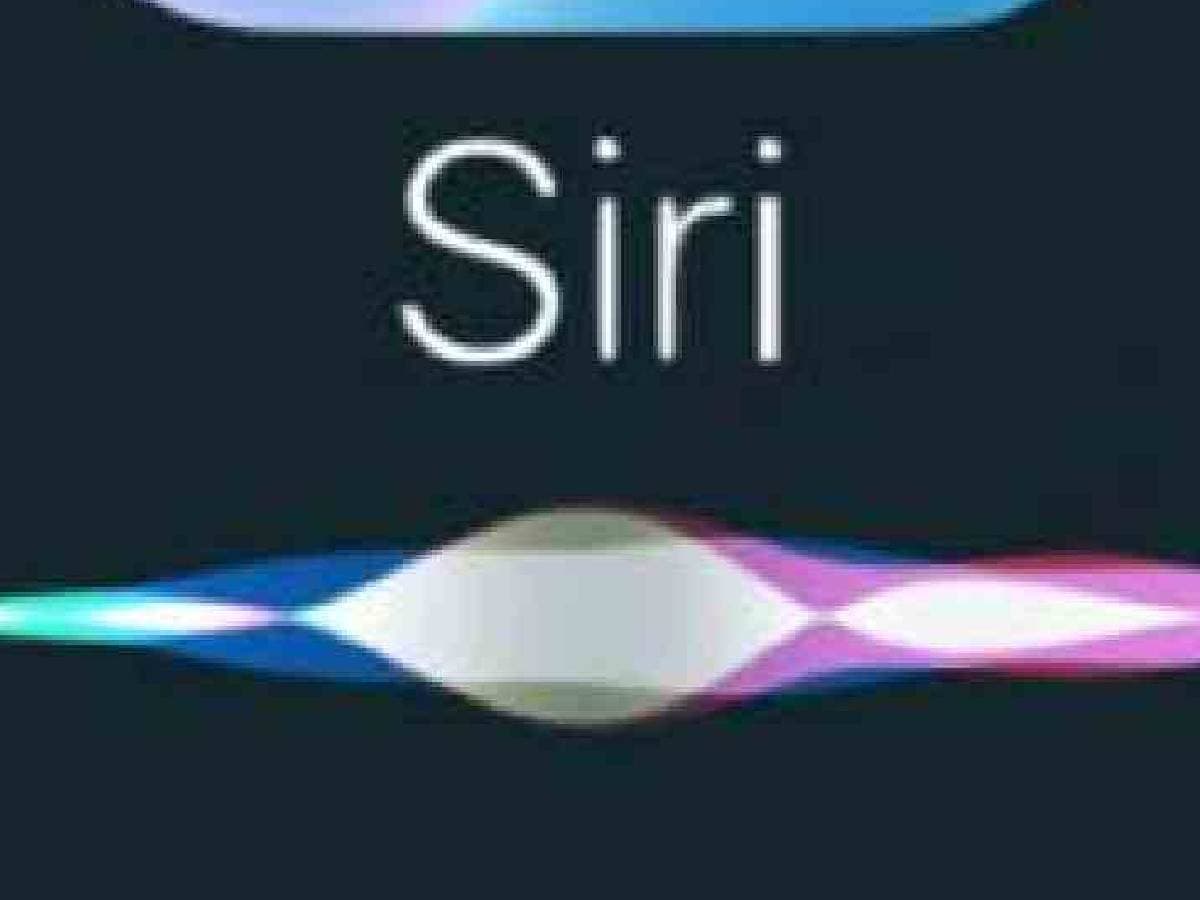At the beginning of January of this year, news occurred that at the time went relatively unnoticed, but a few months later it is attracting a lot of attention. Honda Motors had decided to participate in nT-Tao’s investment roundan Israeli startup involved in a nuclear fusion project. The entry of the private sector into the field of fusion energy is not news, but this company has something special: it aims to manufacture charging stations for electric cars that generate electricity thanks to nuclear fusion.
Honda Motors, the Israeli Government and several venture capital companies, such as NextGear Ventures, Delek US and OurCrowd, have invested a total of $28 million in nT-Tao. It sounds good, and there is no doubt that the possibility of using compact nuclear fusion reactors in future electric power plants is very attractive, but this project invites us to ask ourselves some reasonable questions. Especially if we pay attention to the extremely ambitious itinerary that those responsible for this small Israeli company have described.
This is the plan of nT-Tao
Those responsible for this company intend to have a fusion energy demonstration plant ready in 2029. And they plan to commercialize their technology over the next decade. I hope they achieve their goal, but on paper it seems excessively optimistic. And it seems so because nuclear fusion poses challenges of such magnitude that even those responsible for ITER (International Thermonuclear Experimental Reactor), the experimental fusion reactor that is being built in the French town of Cadarache, have been forced to profoundly review their itinerary.
nT-Tao’s plan involves developing a compact fusion energy reactor capable of generating between 10 and 20 MW of electricity
nT-Tao’s plan involves developing a compact fusion energy reactor (it will be similar in size to a container) capable of generating between 10 and 20 MW of electricity. On their website they barely offer details about their technology (it is understandable that they prefer to keep their innovations secret), but at least they reveal that their reactor aspires to combine the advantages of the two nuclear fusion designs through magnetic confinement that are so often discussed. We have spoken in WorldOfSoftware: the tokamaksuch as ITER or JET, and the stellaratorlike the Spanish TJ-II or the German Wendelstein 7-X.
The heart of its technology is a plasma heating system that contains the nuclei of deuterium and tritium, the two isotopes of hydrogen that intervene in the fusion reaction, which is extremely fast and can reach a density 1,000 times greater than that of experimental conventional fusion energy reactors. In theory, this strategy significantly increases the efficiency of the process and allows for much higher energy production than the technologies used in other fusion reactors.
However, the promises of nT-Tao do not end here. This company also ensures that its nuclear fusion charging station will be able to simultaneously deliver energy to a maximum of 1,000 electric cars with an estimated Price that will range between 6 and 13 cents per kilowatt-hour. All this sounds very good, but it raises important questions that invite us to be cautious. We do not know how they are going to resolve the irradiation of the inner mantle of the vacuum chamber. Nor how are they going to regenerate the tritium. Or what type of very high intensity magnets they are going to use. Still, it is worth keeping track of this company. We will keep you informed if they surprise us with any scoop.
Image | nT-Tao
More information | Interesting Engineering
In WorldOfSoftware | An alternative to ITER in nuclear fusion is being cooked in France: a commercial ‘stellarator’ reactor










